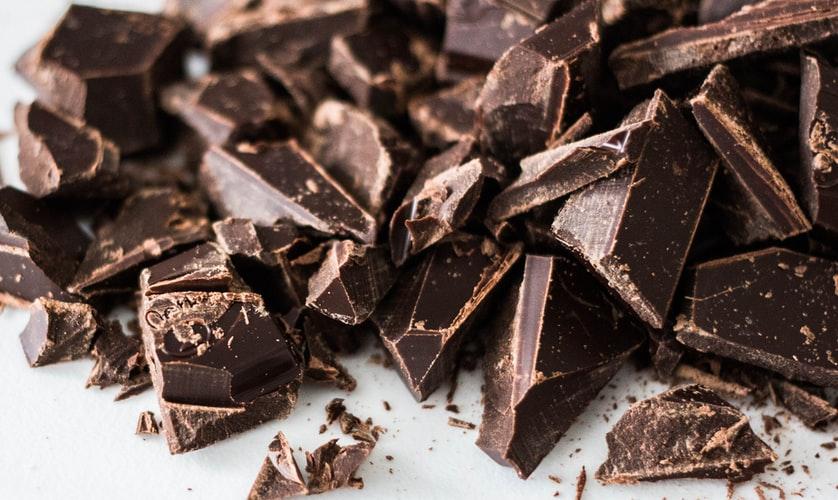We’ve all heard it.
Chocolate is actually good for you.
But we also know that it has sugar in it, that it’s sweet, and that it’s basically considered snack food.
So today, we’re going to dig deep and uncover the answer to the question, once and for all.
Is chocolate actually good for you, or is it actually just junk food?
Let’s look at the facts and figure out the truth.
Chocolate: The Basics
First, let’s look at the basic facts behind what chocolate is.
Chocolate, in its pure form, is made from tropical Theobroma cacao tree seeds.
People all over the world enjoy it for its sweet, bold, unique flavor.
But does it truly offer any health benefits?
The truth is that cacao is actually really good for you.
But the problem is that when you buy chocolate at the store, you’re not usually buying ‘real’ cacao.
Usually, you’re buying a product that contains only a small amount of cacao or cocoa (which usually means ‘powdered cacao’), that is mostly made up of vegetable oils, sugars, and other ingredients used as filler.
Why?
Because actual, real chocolate is actually pretty expensive.
With that being said, real chocolate also boasts a myriad of benefits.
And this may be especially true of dark chocolate.
Benefits Of Real Chocolate:
- High in antioxidants
- Lower cholesterol levels
- Helps prevent memory decline
- May reduce the risk of cardiovascular problems
- May reduce the odds of stroke
With all of that being said, chocolate (especially the type that contains processed sugars, oils, and other ingredients) is also associated with its own share of health risks.
Health Risks Of (Mostly Fake) Chocolate:
- You may gain weight if you eat too much of it
- High sugar content
- May lead to an increase in migraine risk
- May contribute to a higher risk of poor bone health
How To Choose And Buy Healthy Chocolate
As a general rule, you want to buy real cacao when you buy chocolate.
Chocolate flavoring, or ‘fake chocolate,’ doesn’t always equate to real cacao.
With that being said, here are some tips for how to buy the real thing.
First, look for cacao content.
Try to buy chocolate that contains a percentage of at least 60% cacao.
You should also make sure that cacao is the number-one ingredient on the ingredient list.
If the first ingredient on the list is sugar, you’re definitely not looking at a product that’s mostly real cacao.
You should also make sure to look at the date on the wrapper. If the chocolate is out of date, you should skip it.
Real cacao absolutely has an expiration date.
In Conclusion
Hopefully, this post has helped you to understand the difference between mostly fake and mostly real chocolate, and has helped to shed some light on the benefits and drawbacks of eating chocolate in-general.
Of course, at the end of the day, it really depends on the quality of the chocolate you buy. For best results, buy the real thing.
It may be more expensive, but that’s where you’re going to find the biggest benefits for the fewest drawbacks.











